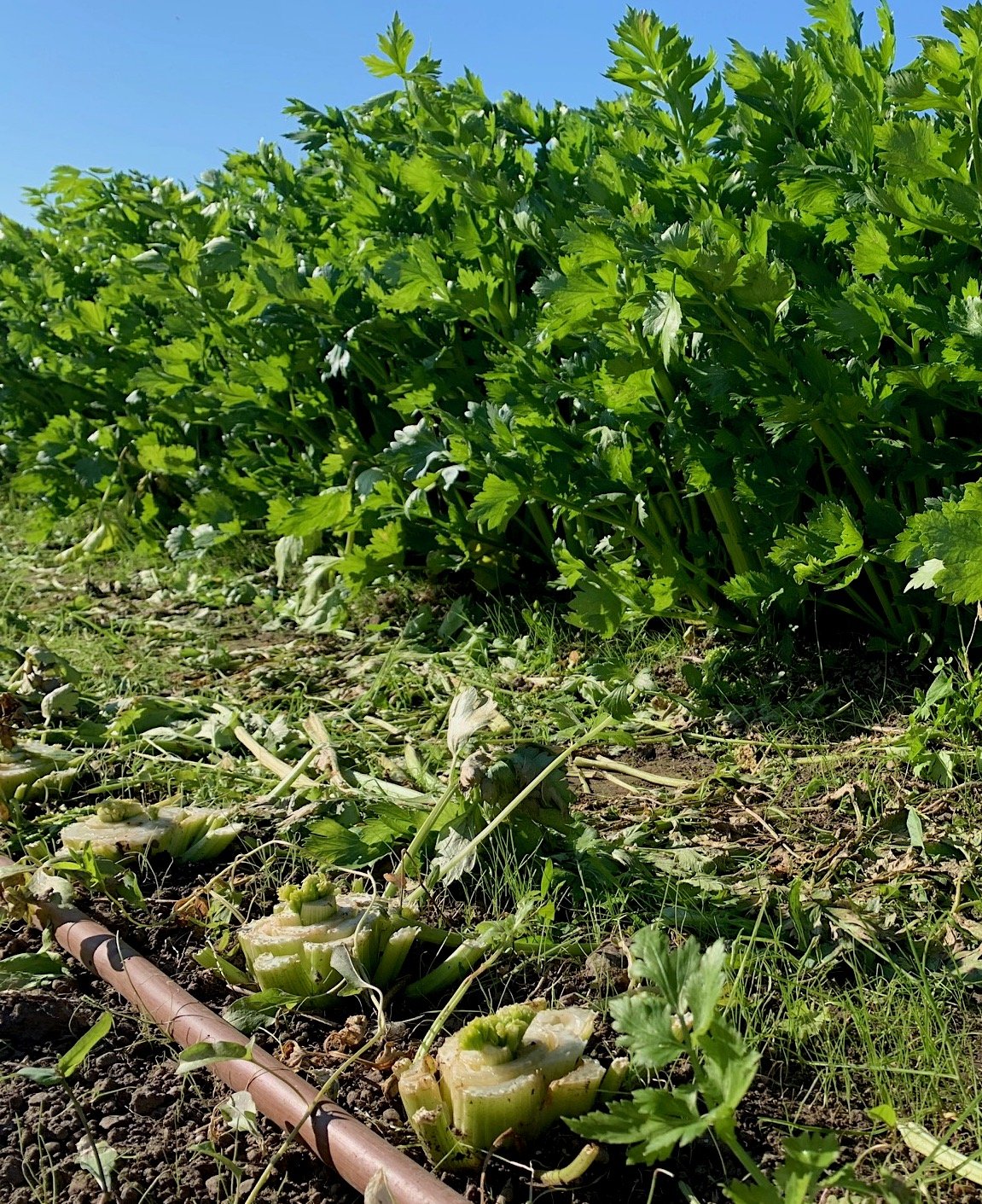by Sarah James
Cecilia and Anna built a very cool bubble for our heat table in the greenhouse last week. They used all the scraps from previous tunnel and greenhouse projects. Since the mornings are still very cold and we have peppers and eggplants to put in the greenhouse, we needed to create a smaller space for the heat tables to warm. So far it seems to be working well and we are excited!
We sorted the sheep this week into 2 groups: the bred ewes are in one group and everyone else is in the other. We are getting ready to start lambing in a few weeks! Some of the ewes look very ready. We are hopeful that the lambing will be smooth this year!
This Week’s Pick List:
Eggs
Takrima Leeks
Matador Shallots, Cipollini, Cortland Yellow, and Monastrell Red Onions
Tetsukabota, Gil’s Golden Acorn, Spaghetti Winter Squash
Pie Pita Pumpkins
Yellow Finn, Red, and Harvest Moon Potatoes
Yaya Carrots
Rhonda Beets
Mars Celeriac
Hablange Parsnips
Purple Top Turnips
Bora King Purple Daikon and Watermelon Radish
Kossack Kohlrabi
Ruby King Red, Primo and Murdoc Green Cabbage (Lots!!!!)
Joi Choi
Dazzling Blue Kale
Ruby Red Chard
Parade Scallions
Preludio Fennel
Regiment Spinach
Esmee Arugula
Salanova Lettuce Mix
Various chicories!
Tea Blends and Ground and Whole Chiles (Please bring your own containers!)
Saltonstall Olive Oil (Please bring your own jars!)
Revolution Bread (Friday only!)
Rosemary-Paprika Fries, from nytimes.com
½ cup mayonnaise
1 tablespoon lemon zest (from 1 large lemon)
3 garlic cloves, grated
Salt and black pepper
1 tablespoon smoked paprika
1 teaspoon chopped rosemary leaves (or ½ teaspoon dried rosemary)
½ teaspoon chile
1 lb potatoes, scrubbed
1 tablespoon olive oil
1 tablespoon lemon juice
Heat the oven to 425 degrees, and place a sheet pan on the oven’s lowest rack to heat.
In a liquid measuring cup or small bowl, stir together the mayonnaise, lemon juice, lemon zest and garlic. Season with salt and pepper. Stir in the smoked paprika, rosemary, chiles and ½ teaspoon black pepper. Set aside.
Halve the potato crosswise (no need to peel), then cut it into ¼-inch-thick fries. Right on the cutting board, drizzle with the olive oil, and season with salt and pepper. Toss to coat.
Scatter the potatoes on the sheet pan in a single layer. Roast for 25 to 30 minutes, until the fries are browned underneath. Eat the fries and a puddle of the lemon-garlic mayo for dipping.
























































